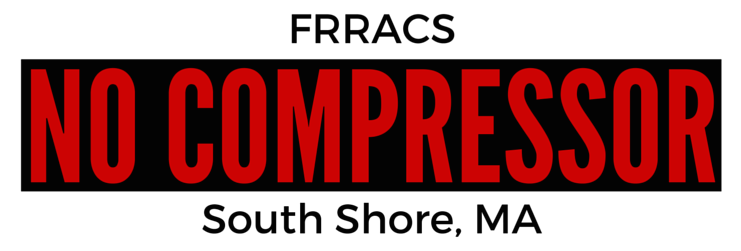The Weather Channel story about toxins in the Basin
/FRRACS has been fighting to protect the community from Enbridge’s compressor station for nearly 7 years now, but the compressor station isn’t the only problem. For decades, the Fore River Basin has been a dumping ground for toxic waste, as it’s been home to nearly a dozen industrial facilities. Many people who live in the Basin have suffered various illnesses, and it’s quite possible that the cause of some of those illnesses has been the pollution from these facilities. Our board member, Judy Roberts, is one of those people. Judy grew up in Quincy Point and raised her son there too. To her shock, she was diagnosed with lung cancer despite living a very healthy lifestyle and never being a smoker. Judy is healthy today, but the diagnosis came as a shock and left many questions in her mind as to what may have caused it. Judy shared her powerful story with The Weather Channel, as well as our story to protect the Basin from pollution. You can read the full story here — A Slight Increase in Risk.
Many thanks to Judy for sharing her story and for helping to get this important article published!
Excerpt:
““I eat organic,” Judy said. “I have a nutritionist. I’m totally disciplined with all that. Anything you might assume, you can assume. My doctors, if they’re not too sure of something, I browbeat the %@$&*! out of them until I get the test I want.”
Under Judy’s mothering, Jonathan’s first solid meals were organic baby food out of glass containers. As he got older, he ate from a table featuring drizzles of olive oil, baked sweet potatoes, avocados every day. She uses high-quality bottled spring water to boil free-range eggs and organic pasta.
“Every morning before I have my French press, I drink a lot of water. I take my probiotic pill, the first one of the day. And I eat a tablespoon of papaya seeds. I chew a spoonful. They’re bitter, but you want to release the enzymes in the seeds.”
In short, if anyone was putting in the work for long, healthy lives, it was the Roberts family.
Judy and Jonathan Roberts are photographed here in 2006. (Courtesy of Judy Roberts)
In his intellectual way, Jonathan, now a tall, slim adult, expressed a deep connection to the childhood Judy built for him.
“I was attached to the house, and all physical items and pieces that made it up therein.”
That extended to trees. He remembers a lengthy bout of tears, prompted when Judy allowed the city to cut down one of their backyard pines for a Christmas event.
“I was really attached to it,” he said.
One day, Judy brought her young son into the living room.
“There’s something we should talk about,” she told him.
Even though he was only 7 or 8 at the time, Jonathan knew living room talks were minefields. “That’s where the bad conversations happened.” …
When Judy sat 8-year-old Jonathan down in the living room, his hunch, that it was bad news, was correct. But it wasn’t about Sitto.
“I just remember the conversation beginning,” Jonathan said. “But before the word cancer was mentioned, my memory just freezes up. … I can tell there’s something there. I can feel that there’s a region of my memory, or a shelf of my memory that is being occupied with information but I can tell that it’s sort of locked.”
Despite his brain’s mental gymnastics, there was no escaping his mother’s meaning. Feeling run down, she had gone to a local ER for a pneumonia screening; an unusually vigilant doctor recommended a CT scan, which led to more tests, which led to a lung cancer CT diagnosis.
“I never smoked. I never dated a smoker. I never lived with a smoker. I never worked with a smoker,” said Judy. “Nothing. Nothing.”
She told him the doctors had advised she undergo surgery, and quickly.
“I held onto Jonathan, who was like 8 years old at the time. I realized at that moment. I thought I might not live. I might orphan my child,” she said.
The Roberts were not the only Quincy family having cancer conversations. A group of environmental activists in the Fore River Basin had mounted a Sisyphean campaign to roll back a century of smog, even as more projects are sited in the region.” (The Weather Channel, 2021)

